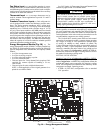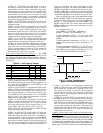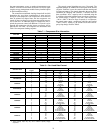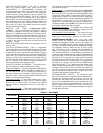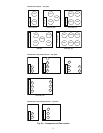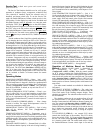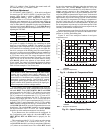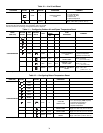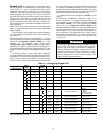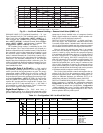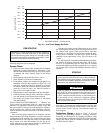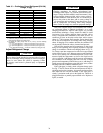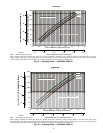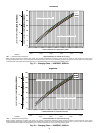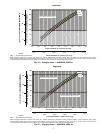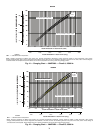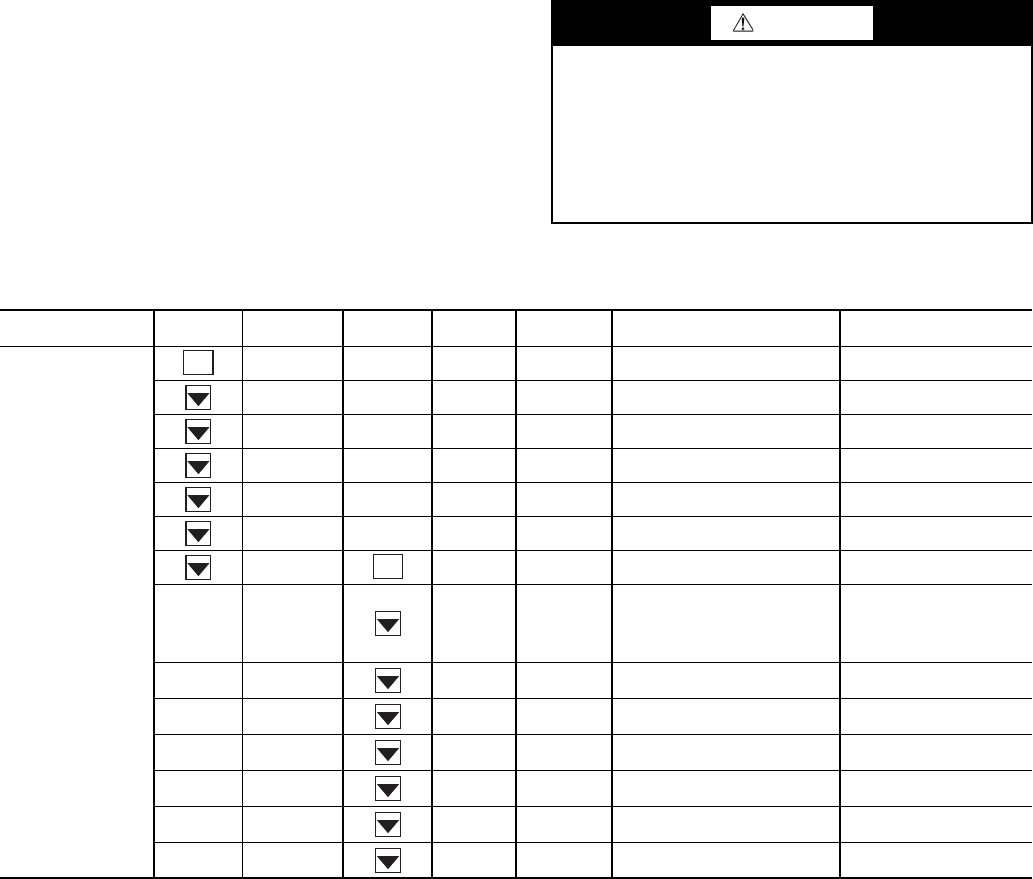
31
Demand Limit — Demand Limit is a feature that allows
the unit capacity to be limited during periods of peak energy
usage. There are 3 types of demand limiting that can be
configured. The first type is through 2-stage switch control,
which will reduce the maximum capacity to 2 user-configu-
rable percentages. The second type is by 4 to 20 mA signal in-
put which will reduce the maximum capacity linearly between
100% at a 4 mA input signal (no reduction) down to the user-
configurable level at a 20 mA input signal. The third type uses
the CCN loadshed module and has the ability to limit the cur-
rent operating capacity to maximum and further reduce the ca-
pacity if required.
NOTE: The 2-stage switch control and 4 to 20 mA input signal
types of demand limiting require the energy management
module (EMM).
To use Demand Limit, select the type of demand limiting to
use. Then configure the Demand Limit set points based on the
type selected.
DEMAND LIMIT (2-Stage Switch Controlled) — To con-
figure Demand Limit for 2-stage switch control, set the Demand
Limit Select (Configuration RSET DMDC) to 1. Then
configure the 2 Demand Limit Switch points
(Configuration RSET DLS1 and DLS2) to the desired ca-
pacity limit. See Table 13. Capacity steps are controlled by 2 re-
lay switch inputs field wired to low voltage terminal (LVT) strip
terminal 3-6. Refer to the unit wiring diagram for these connec-
tions.
For Demand Limit by 2-stage switch control, closing the
first stage demand limit contact will put the unit on the first de-
mand limit level. The unit will not exceed the percentage of ca-
pacity entered as Demand Limit Switch 1 set point. Closing
contacts on the second demand limit switch prevents the unit
from exceeding the capacity entered as Demand Limit Switch
2 set point. The demand limit stage that is set to the lowest
demand takes priority if both demand limit inputs are closed. If
the demand limit percentage does not match unit staging, the
unit will limit capacity to the closest capacity stage.
To disable demand limit, configure the DMDC to 0. See
Table 13.
EXTERNALLY POWERED DEMAND LIMIT (4 to
20 mA Controlled) — To configure Demand Limit for 4 to
20 mA control, set the Demand Limit Select (Configura-
tion RSET DMDC) to 2. Then configure the Demand
Limit at 20 mA (Configuration RSET DM20) to the
maximum loadshed value desired. Connect the output from an
externally powered 4 to 20 mA signal to terminal block LVT
strip terminals 7 and 8. Refer to the unit wiring diagram for
these connections to the optional/accessory energy manage-
ment module and terminal block. The control will reduce al-
lowable capacity to this level for the 20 mA signal. See Table
13 and Fig. 33.
Table 13 — Configuring Demand Limit
*Seven items skipped in this example.
CAUTION
Care should be taken when interfacing with other manufac-
turer’s control systems, due to possible power supply dif-
ferences, full wave bridge versus half wave rectification.
The two different power supplies cannot be mixed. Com-
fortLink™ controls use half wave rectification. A signal
isolation device should be utilized if a full wave bridge
signal generating device is used. Failure to comply could
result in possible equipment damage.
MODE
KEYPAD
ENTRY
SUB-MODE
KEYPAD
ENTRY
ITEM DISPLAY ITEM EXPANSION COMMENT
CONFIGURATION
DISP
UNIT
CCN
OPT1
OPT2
M.MST
RSET CRST X Cooling Reset Type
DMDC* X Demand Limit Select
Default: 0
0 = None
1 = Switch
2 = 4 to 20 mA Input
3 = CCN Loadshed
DM20 XXX % Demand Limit at 20 mA
Default: 100%
Range: 0 to 100
SHNM XXX Loadshed Group Number
Default: 0
Range: 0 to 99
SHDL XXX% Loadshed Demand Delta
Default: 0%
Range: 0 to 60%
SHTM XXX MIN Maximum Loadshed Time
Default: 60 min.
Range: 0 to 120 min.
DLS1 XXX % Demand Limit Switch 1
Default: 80%
Range: 0 to 100%
DLS2 XXX % Demand Limit Switch 2
Default: 50%
Range: 0 to 100%
ENTER
ENTER



